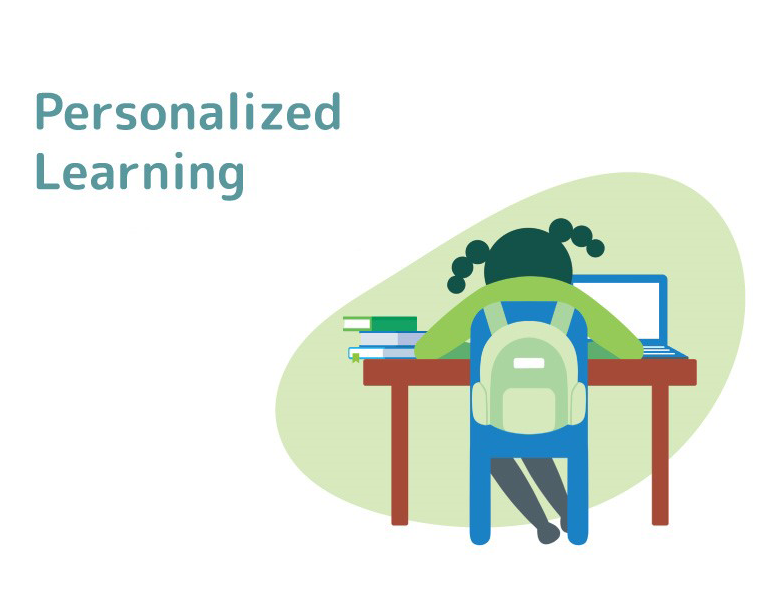e-Learning Ecologies MOOC’s Updates
Personalized learning
Personalised learning has been variously defined and interpreted in practice. Larry Cuban provides a useful discussion of the range of personalised learning offerings, including examples from practice. Personalised learning refers to the various educational programsmes, instructional methods, and academic support strategies to address the distinct learning needs of each individual student. The goal of personalised learning is to help each student achieve academic success by first understanding the learning needs, interests, and aspirations of individual students, and then providing customised learning. The foundation of personalised learning is for each and every student to become involved in making decisions about their education: what they would like to learn and how. Personalisation of learning is conceptualised in a range of ways:
1. Personalisation of content; students engaging with content, topics and areas that are of particular interest to them.
2. Personalisation of pace and progress; students progressing through the content and curriculum levels at their own pace.
3. Personalisation of process; instructional approaches and learning environments vary based on the students’ needs and interests.
Personalisation often includes the following tenets:
• Learning is competency based, with students moving on once they have demonstrated mastery of a concept.
• Learning is flexible, and is not restricted to traditional schooling structures or timetables .
• Students are encouraged to demonstrate agency and to take a level of ownership over their learning journey.
• Students’ interests, strengths and passions are incorporated into their learning
How effective is personalised learning?
There is mixed evidence regarding the effectiveness of personalised learning, primarily because of the lack of consensus in defining personalised learning. The purpose, tools, and instructional techniques that make up personalised learning vary because it is tailored to each pupil’s needs and goals. One study commissioned by the Bill & Melinda Gates Foundation found that students who experienced personalised learning approaches made greater achievement gains in math and reading than similar students at more traditional schools. Other research has relied on self-reported findings, which does not provide robust enough evidence to draw strong conclusions about the overall effectiveness of personalised learning. More research is required to be conducted to demonstrate empirical evidence for the effectiveness of personalised learning.
When/ how should personalised learning be used in the classroom?
Personalised learning can be a used for all ages and learners, and is most effective when students have a voice in their own education. For younger students, in primary school, it is possible to provide an element of choice in their own learning, by building an understanding of what they need to achieve their learning goals.
References:
https://theeducationhub.org.nz/wp-content/uploads/2018/06/Personalised-learning-.pdf



مشاركة قيمه